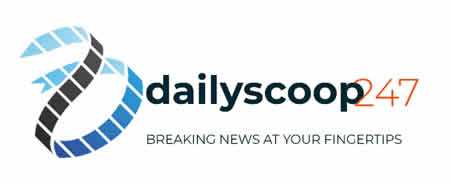The strike, which began at 12:01 a.m. on Friday, is the second major work stoppage involving SAG-AFTRA members in recent years. This time, video game performers are at the forefront, following nearly two years of failed negotiations with major gaming studios such as Activision, Warner Bros., and Walt Disney Co. The primary issue at hand is the lack of adequate protections against the misuse of AI to replicate actors’ voices and likenesses without their consent or fair compensation.
Fran Drescher, president of SAG-AFTRA, expressed the union’s frustration, stating, “Enough is enough. When these companies are ready to present an agreement that our members can accept—both in terms of living and working conditions—we will be prepared to negotiate.” The union’s stance is clear: they will not endorse any contract that permits the exploitation of AI to the detriment of their members.
The use of AI in Hollywood is not a new phenomenon. For years, AI has been employed to create digital extras in blockbuster films like “The Lord of the Rings” and “Game of Thrones,” where vast armies are brought to life through computer-generated imagery. However, the increasing sophistication of AI technology has raised alarms among actors who fear being replaced by their digital counterparts.
Peter van der Putten, an assistant professor specializing in social artificial intelligence, notes that AI has become an integral part of the film production process. “AI helps optimize the entire production process, from scriptwriting to casting and filming schedules,” he explains. Despite its benefits, the core issue remains who holds the rights to use actors’ images and voices.
The recent strike underscores a broader debate about the role of AI in creative industries. While some argue that AI can enhance artistic expression, others worry about the potential for exploitation. Sarah Elmaleh, chair of the Interactive Media Agreement Negotiating Committee, remarked, “Eighteen months of negotiations have illustrated that our employers are not committed to providing fair and reasonable protections against AI, but instead are focused on blatant exploitation.”
As the strike continues, the impact on the entertainment industry is palpable. Productions are halted, and the future of AI in Hollywood hangs in the balance. The union’s demands for consent and fair compensation for the use of digital likenesses are at the heart of the dispute. Without these safeguards, actors fear losing control over their own identities.
The strike also highlights the broader implications of AI in society. As technology advances, questions about ethics, control, and the definition of creativity become increasingly relevant. Van der Putten reflects on this, stating, “AI frightens us because we fear losing control or becoming redundant. But it also fascinates us, raising questions about what makes us human.”
Despite the challenges, some see AI as a potential ally rather than an adversary. Van der Putten hopes that AI can be viewed as a welcome addition to the art world, much like how photography once revolutionized painting. “I hope the same can be true for AI, that the technology can be seen as a welcome addition, also within the art world,” he says.
As negotiations between SAG-AFTRA and the gaming studios continue, the outcome of the strike remains uncertain. What is clear, however, is that the conversation about AI in Hollywood is far from over. The actors’ strike serves as a pivotal moment in the ongoing debate about the future of technology and creativity in the entertainment industry.
For now, Hollywood waits. The resolution of this strike will not only determine the fate of the actors involved but also set a precedent for how AI is integrated into the creative process. As the industry grapples with these complex issues, one thing is certain: the battle between human creativity and artificial intelligence is just beginning.

